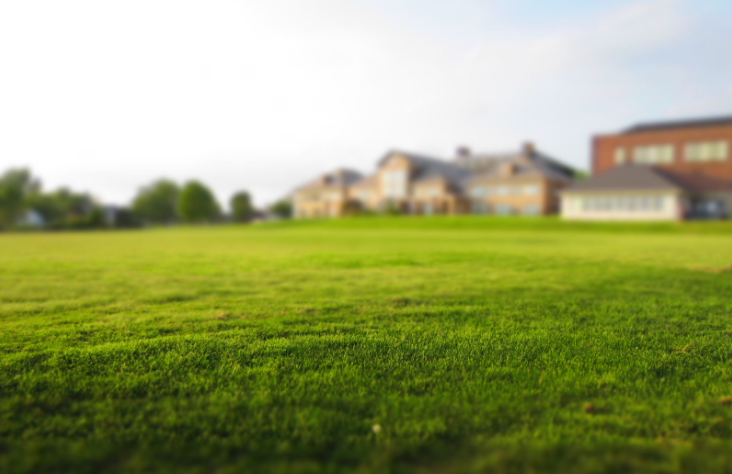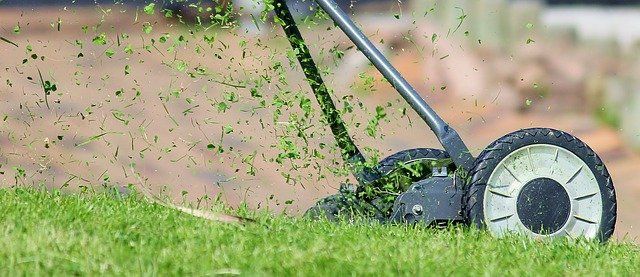When Should Power Raking Be Done?
When Should Power Raking Be Done?
Power raking is a process that can be extremely beneficial to the overall health and appearance of a lawn. This is a common practice among landscapers, and the best time to power rake depends heavily on the state of the grass and its lifecycle. Power raking must take place at a specific time in the grass growing process and it is important to understand what factors must be present before tending to the landscape in such a way.
Because
power raking is liable to cause damage to the grass in a lawn, it is most commonly performed on traditional grass in early March before the lawn tends to turn green and flourish. Power raking should only happen on a lawn that is dormant and mowed very short. Weather also plays a key role in deciding when is the best time to power rake, as the grass and soil needs to be dry before performing this task.
The optimal power raking timeline can also depend on the type of grass in consideration, as they vary in lifecycle and natural needs. For cool season grass, power raking should take place in the spring or early fall, whereas warm season power raking should happen in late spring or early summer.
What is Thatch?
When dead grass and roots gather above the soil, they can become tangled and matted, and this patch of matter is referred to as thatch. Patches of thatch that grow too thick can prevent hydration in the soil and cause roots to implant in the dead matter instead of the soil. When this happens, power raking is the process of breaking up this gathered material and debris as it builds up above the surface of the soil.
What is Power Raking?
A power rake is a tool similar to a rototiller, which gently removes the debris and thatch at the level of the soil. By breaking up the thatch that separates the grass in a lawn and the soil beneath, power raking allows the roots to embed in the soil while offering grass the opportunity to hydrate and breathe.
Benefits of Power Raking
Power raking is extremely beneficial for removing debris and dead grass matter. It is also a powerful tool for properly aerating a lawn’s soil. Because power raking eliminates a layer of dead matter that can be harmful to the health of a lawn, there are many reasons that people consider this a positive treatment for landscapes that suffer from thatch and disease. The most common benefits associated with power raking include increased access to water and sunlight for roots, better nutrient absorption, healthier grass growth, reduction of disease threats, and smoothing of surface area.
While power raking is not a process that is needed on most lawn or landscape settings, it is still common among people in the industry and it is important to understand its benefits. Should a lawn need to be power raked, it is beneficial to know how to identify the signs of thatch damage and to be able to plan a power raking schedule that will work best for the lawn. Taking great consideration and care of a lawn in this way is sure to create an optimal landscape that is prime to growth. Don't hesitate to contact
our team of landscapers if you have any questions!
You might also like





